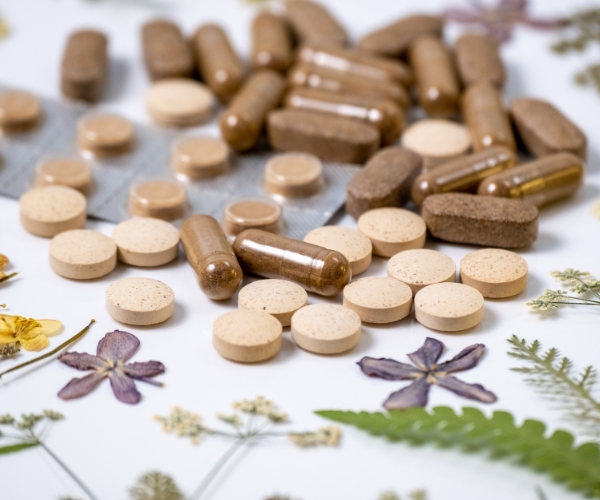Welcome to ayurvedaaushadhi
समदोषः समाग्निश्च समधातु मलक्रियाः।प्रसन्नात्मेन्द्रियमनाः स्वस्थः इत्यभिधीयते ॥
About Us
This website seeks to provide in-depth information about ayurvedic medicines to those who are curious about the science behind ayurveda. It covers every type of medication used in ayurveda and provides a thorough description of each medication. Ayurvedic practitioners, scholars, and academicians will find this site to be very helpful.

About ayurveda
स्वस्थस्य स्वास्थ्य रक्षणं l आतुरस्य विकार प्रशमनं च: ll
Ayurveda is a comprehensive approach to medicine that seeks to both treat a patient’s illness and preserve the overall health of the healthy individual. The tridosha theory of vata, pitta, and kapha is its primary focus. Ayurveda employs both shodhana and samana methods to preserve the homeostasis of the tridosha. While shodhana focuses on removing elevated doshas from the body through particular panchakarma procedures like vamana (induced vomiting), virechana (purgation), basti (medicated enema), nasya (nasal therapy), and raktamokshana (bloodletting), samana refers to the use of medications to calm aggravated doshas within the body.
Our Services
When someone suffering from a disease follows a proper diet, then what is the use of taking medicine? [And] When someone suffering from a disease does not follow a proper diet, then what is the use of taking medicine?”
Doshas relieved by fasting and digestion remedies may get aggravated again, but those are removed from body by purification do not reoccur.
How ayurveda medicines are made
Producing Ayurvedic medication is a labour-intensive process. Gathering new raw materials from mother nature is the first step. Preparing drugs involves a number of techniques, such as shodhana (purification) and marana (incineration) which together are referred to as Sanskara and alter the drug’s potency.
Mineral and metal purifications play a significant role in the manufacture of ayurvedic drugs. In order to eliminate impurities from raw drugs, acharyas have developed a number of purifying techniques according to the type and impurity of the drug.

Different dosage forms
Ayurveda covers a wide range of dosage forms, from single medications to the most intricate concoctions of rasa aushadhi (drugs incorporating mercury, metals and minerals). Panchavidha Kashaya Kalpanas are essentially five primary kalpanas: swarasa (drug juice), kalka (paste), kwatha (decoction), shita/hima (cold infusion), and phanta (hot infusion). Like churna is a sub-kalpana of kalka, all other kalpanas are derivatives of these five kalpanas. That being said, the drawback of these fundamental kalpanas is their extremely short one-day shelf life. Consequently, over time, ancient acharyas introduced an increasing number of kalpanas that are easier to store and have longer shelf lives, such as Rasa-Aushadhi. Rasa aushadhi is supposed to become more potent over time; they are administered at extremely low doses and have high potency. Likewise alcoholic preparations asava-arista is also very potent and has long shelf life.

